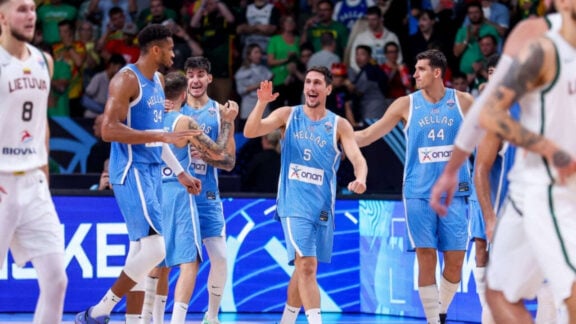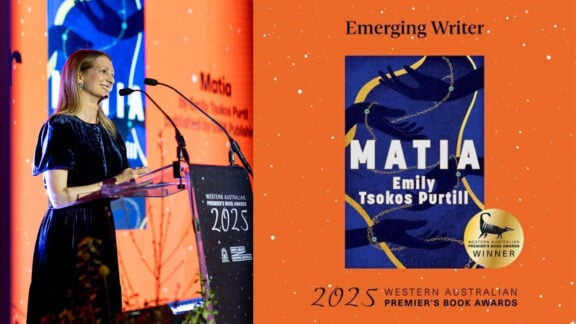Until World War II, Byzantium was either a term for intrigue and corruption or a strange discipline belonging to hypersensitive aesthetes who don’t want to share their knowledge with the common people. Sir Steven Runciman in the 1950s started his radical re-examination of Byzantium as history, culture and living tradition. He was followed by a number of very competent and highly-educated scholars who, in order to establish the respectability of the discipline and consolidate its epistemological value, unwillingly isolated Byzantine studies and relegated it to the exclusive prestige of academic marginality.
John Julius Norwich and his many volumes on Byzantium made its history a titillating narrative of scandalous affairs, metaphysical gore and endless strife, continuing the 19th century exoticisation of the period while making Byzantium notoriously popular. Richard Fidler’s book owes somehow much to Norwich’s seductive prose and witty characterisations but it is a book that adds something more valuable. Instead of seeing the Byzantine period as a spectacular drama, it adds the very personal dimension, a personal, emotional nuance to the historical enigma that was Constantinople. Fidler’s narrative records an experiential understanding of Byzantium and its capital city. It doesn’t simply offer a gripping and fascinating story of crucial events in its 1000-year existence but adds the personal touch, the unearthing, as it were, of its emotional significance through his visit to present-day Istanbul with his son.
The emotional and intellectual dynamic between father and son is really fascinating: what can a young boy of 14 understand about the significance of a forgotten empire? Both father and son walk through the surviving walls, searching for the famous palaces, the old centres of learning and theological speculation that had mesmerised so many people in the Middle Ages. In their stead, they find ruins, fragments and disappointing remains: the reader admires the cohesive power of Fidler’s imagination to reconstruct from such small things the picture of the grand city at the peak of its glory and at crucial moments of its decline and fall.
In a way, of course, the history of Byzantium is a very dramatic, almost theatrical, story; the monumental scale of everything that took place is really overwhelming and intriguing. Fidler brings out the drama without sentimentality and without Norwich’s tendency for witticisms. In my mind the book is of equal stature as The Byzantine Achievement (1929) by the great Robert Byron, which redefined the perception of the empire’s central contribution to the world culture, something which, in recent decades, political correctness has misplaced in Baghdad and medieval Islam. However, the truth is that Constantinople was the cultural, artistic and intellectual centre of the medieval world for over ten centuries and most people, Muslim, Christian or Jewish, Chinese, Vikings, Russians or just about anybody, turned to Constantinople for studies, trade and culture. But Byzantium is lost, and its territory has been taken over by its enemies; so for the modern mind, addicted to newspaper punchlines and journalistic simplifications, it is indeed a ghost empire, appearing and disappearing in a spectral form, and on many occasions confused with modern Turkey.
Fidler’s book offers an amazing introduction to Byzantium as history and legend. It is a historical narrative that combines travelogue, autobiography, historical reconstruction and essayistic meditation on the perception and the reality of the past.
“Once you know,” he writes, “the story of this lost empire, you feel the ghost of Byzantium pressing against you at the crumbling land walls. You become suffused with it when you stand under the golden dome of the Hagia Sophia, and you glimpse it within the shadows of the underground cistern of Justinian. The story of how Constantinople flourished into greatness and expired in terrible violence is one of the greatest and most moving stories I know. I wanted my son to have that story too.” (p. 9)
The book unfolds its narrative through crucial episodes, starting with the builder of the city Constantine, the ‘deep state’ of Justinian and Theodora, the conflict with Islam, the theological disputes and the great ninth and 10th centuries with the empire at its peak. The most moving pages are written on the destruction of the city by the fourth Crusade, and of course, the fall of 1453, the most traumatic event in the history of all eastern Christians. Its pages on Hagia Sophia are truly majestic while the descriptions of its sacking by the Crusaders extremely poignant.
The book is written in a flowing and elegant prose and the accessible style of an impressively communicable orality. It is a book to be read aloud as its language re-enacts and re-presents the successive twists of Byzantine history presupposing an audience with shared sensibility and common concerns.
This is an invaluable addition to the growing literature on Byzantium. As we experience the resurgence of militant Islam, we must be reminded that if Europe maintained its religion, art, culture and tradition it was mostly because of Byzantium. Its story is didactic and indeed pedagogic: and the knowledge of its history also offers a better knowledge of our contemporary dilemmas and questions. Fidler’s book de-criminalises Byzantine history. It shows its complexity, diversity and multiplicity, removing the stigma of an empire in perpetual decline, immobility and corruption.
Fidler knows how to admire, and this is a book of admiration which deserves to be read by all those interested not only in history but in how the past lives with us and through us. I am very curious to see if, in the years to come, his son Joe will tell us his side of the story and probably prove that history does live on through our living connection with it as experience and knowledge. Finally, I hope that this book will ignite the interest of young scholars to revisit the ghost empire and make an active catalyst of historical knowledge.









